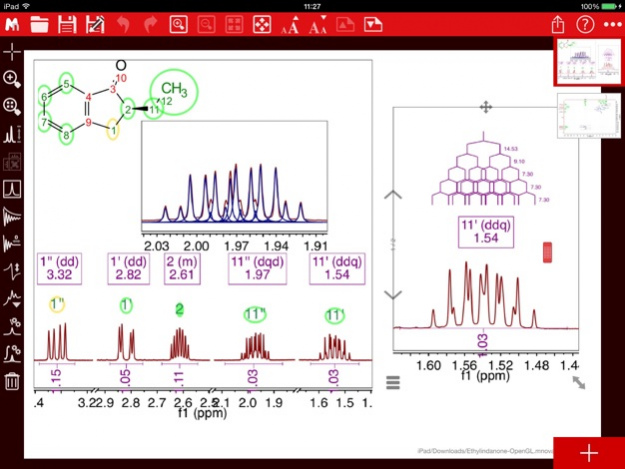

Plastic production and plastic waste incineration result in 400 Mt of CO 2 emissions per year 7. Plastic waste is long-lasting in nature, physically harming wildlife and providing chemical hazards to the environment 6. This work tries to address both the challenge of circularity and low fiber content by creating new, green, and hydrolytically degradable oligomers for in-situ polymerization within high-content lignocellulose reinforcement networks.įossil-based plastics are often incinerated or disposed of as landfill 5. In a circular bioeconomy, constituents should be recovered, in addition to green synthesis routes and biobased building blocks 2, 3, 4. In addition, mechanical properties of cellulose biocomposites are often insufficient to replace established materials, because of low fiber content. Overall, this work opens up new pathways toward environmentally benign materials in the context of a circular bioeconomy.Ĭellulose biocomposites from nanocellulose or plant fibers, with polymer matrix, often do not sufficiently contribute to sustainable development, are not biodegradable and the processing approach is not scalable 1. Reinforcement geometry (fibers at 30 µm or fibrils at 10–1000 nm diameter) influenced the polymerization and degradation of the polyester matrix. These degradable biocomposites have much higher mechanical properties than analogs in the literature.

The idea enabled us to create high reinforcement biocomposites with well-dispersed mechanically undamaged fibers or nanocellulose. Here, we address this issue with a new concept for facile and scalable in-situ polymerization of polyester matrices based on functionally balanced oligomers in pre-formed lignocellulosic networks. However, producing high reinforcement content biocomposites with degradable or chemically recyclable matrices is troublesome. Unbleached wood fibers and nanofibers are environmentally friendly bio-based candidates for material production, in particular, as reinforcements in polymer matrix biocomposites due to their low density and potential as carbon sink during the materials production phase.


 0 kommentar(er)
0 kommentar(er)
